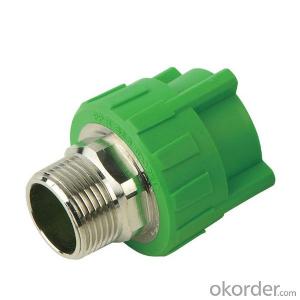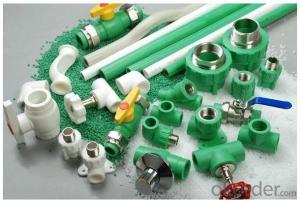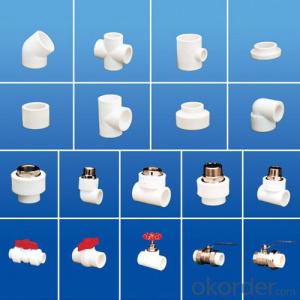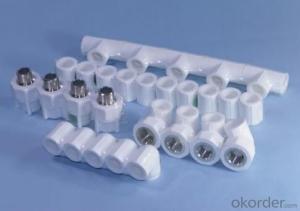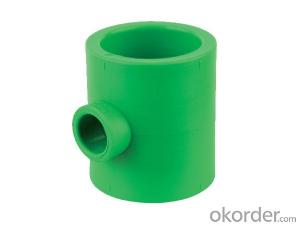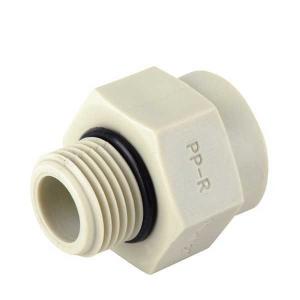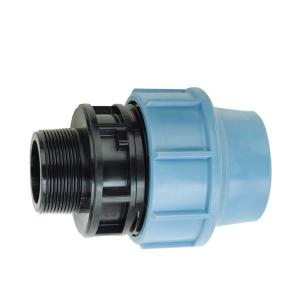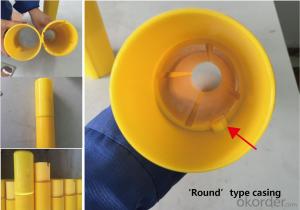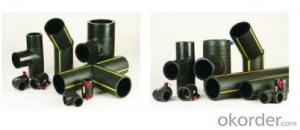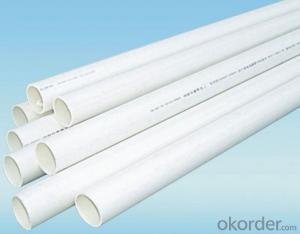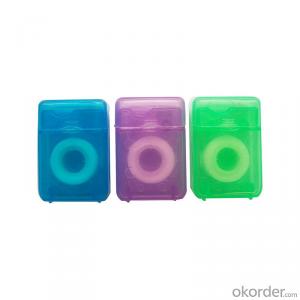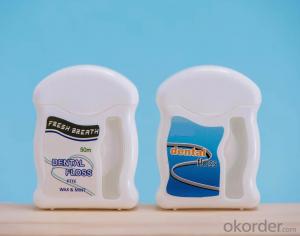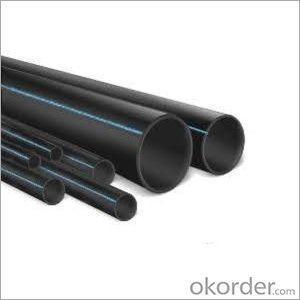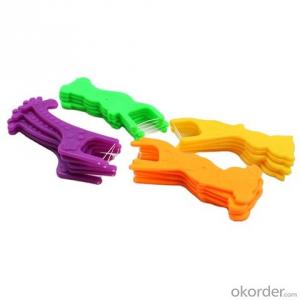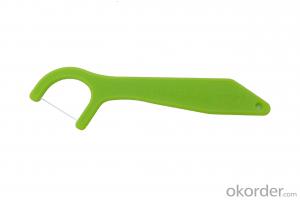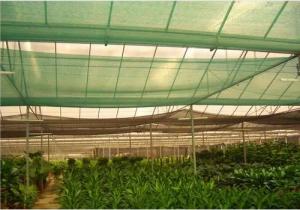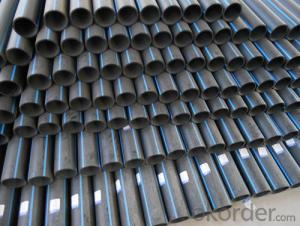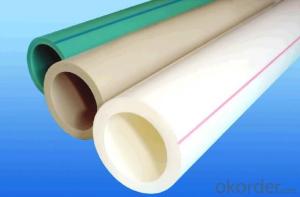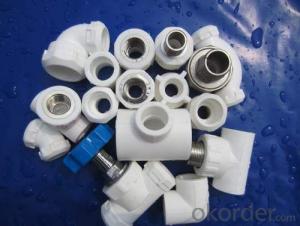New PPR Female coupling and Equal coupling Fittings in 2018
- Loading Port:
- Shanghai
- Payment Terms:
- TT OR LC
- Min Order Qty:
- 1000 pc
- Supply Capability:
- 100000 pc/month
OKorder Service Pledge
OKorder Financial Service
You Might Also Like
Product Overview
1) Cold / hot water supply facilities for public buildings
2) Food, chemical, electronic industry pipeline networks; Such as Pipeline networks for transporting all kinds of corrosive liquids
3) Drinking water production system pipeline networks; Such as Pure water and mineral water
4) Air conditioning facility pipelines
5) Compressed gas pipeline networks for industry
6) Pipeline networks for swimming pools
7) Pipeline networks for solar energy facilities
8) Agriculture and garden production transporting systems
Applications
1) Cold and hot water supply systems for civil and industrial constructions, e.g. in residential buildings, hospitals, hotels, school and office buildings, ship building
2) Drinking water systems and food industry pipe works
3) Central air conditioning system
4) Irrigating system for gardens and green houses
5) Public and sport facilities such as swimming pools and stadiums
6) For rainwater utilization systems.
Product Description
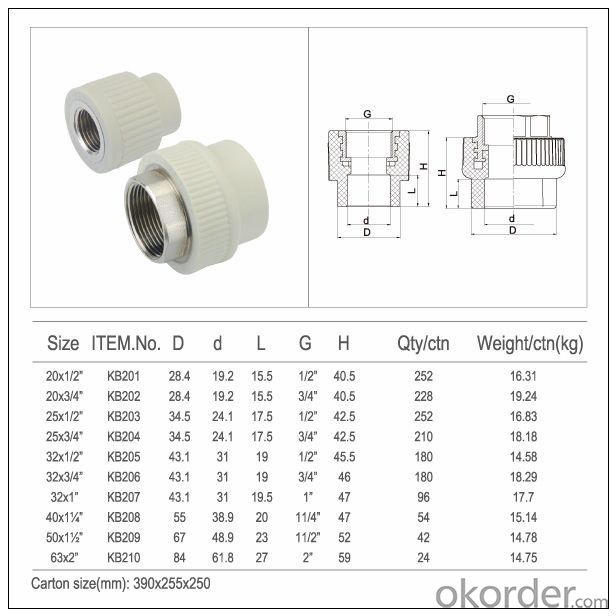

Product Show
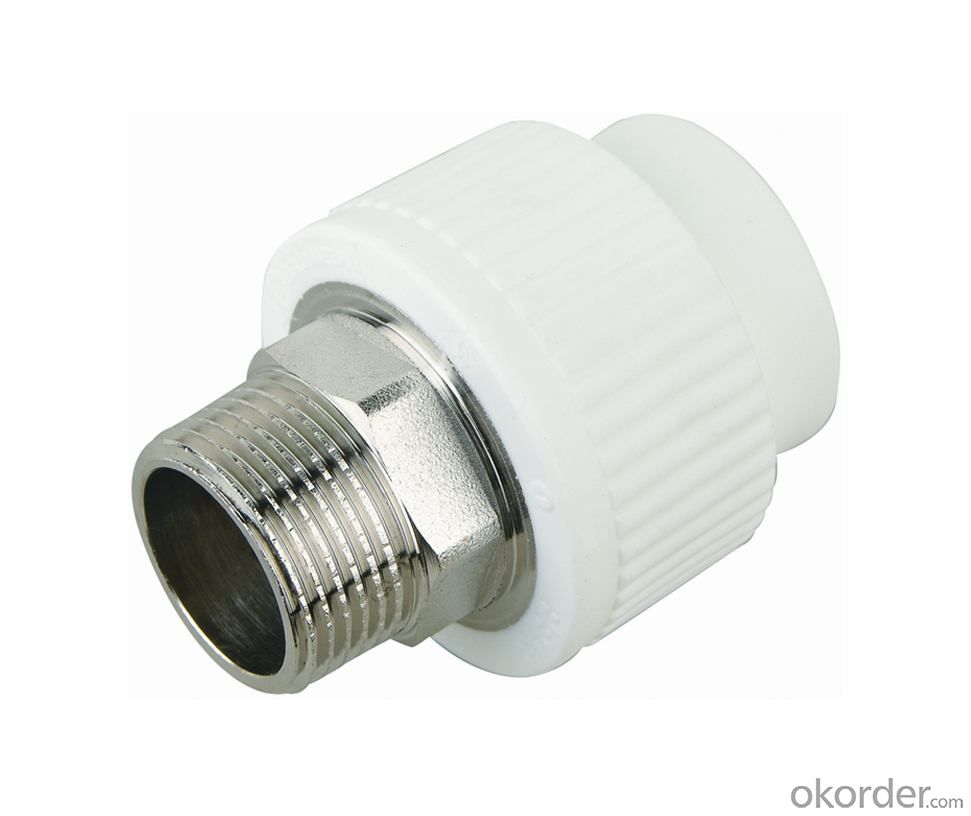
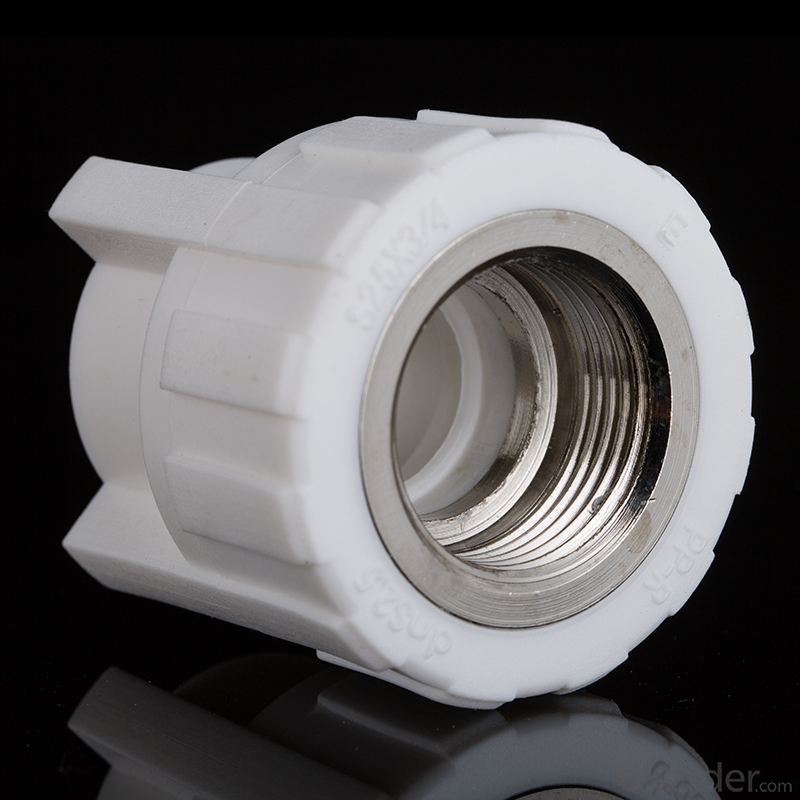
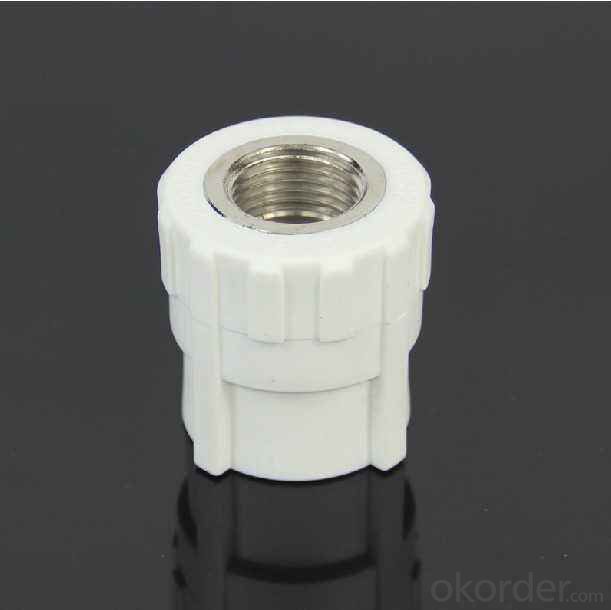
Company Information
CNBM International Corporation (CNBM International) is the most important trading platform of CNBM Group Corporation, a state-owned company under the direct supervision of State-owned Assets Supervision and Administration Commission of the State Council.
CNBM International is highly recognized by its business partners and clients all over the world and has obtained rapid development under the spirit of win-win. We will carry on the mutual beneficial, innovative and revolutionary trading structure as we did before, create value for our employees, share holders and clients and benefit the whole society in our future development
- Q:Are plastic pipe fittings resistant to acid solutions?
- Yes, plastic pipe fittings are generally resistant to acid solutions.
- Q:Can plastic pipe fittings be used for industrial waste disposal systems?
- Yes, plastic pipe fittings can be used for industrial waste disposal systems. Plastic pipe fittings, such as PVC or CPVC, are commonly used in various industrial applications due to their resistance to chemicals and corrosion. They are durable, cost-effective, and provide a reliable solution for managing industrial waste disposal systems.
- Q:Are plastic pipe fittings resistant to hydrochloric acid?
- No, plastic pipe fittings are generally not resistant to hydrochloric acid.
- Q:Do plastic pipe fittings have a maximum operating flow rate?
- Yes, plastic pipe fittings do have a maximum operating flow rate. This is determined by various factors such as the material composition, size, and design of the fitting. It is important to adhere to the manufacturer's specifications and guidelines to ensure the safe and efficient operation of the system.
- Q:How do plastic pipe fittings compare to polypropylene fittings?
- Plastic pipe fittings and polypropylene fittings are both types of plastic fittings commonly used in plumbing systems. However, there are some differences worth noting. Plastic pipe fittings are a broad category that includes fittings made from various types of plastic materials, such as PVC, CPVC, and ABS. On the other hand, polypropylene fittings are specifically made from polypropylene, a thermoplastic polymer known for its high chemical resistance and durability. In terms of performance, polypropylene fittings generally offer superior chemical resistance, making them more suitable for applications involving corrosive or aggressive fluids. They are also known for their high temperature resistance and mechanical strength. Plastic pipe fittings, on the other hand, can vary in terms of quality and performance depending on the specific material they are made from. Another important aspect to consider is the ease of installation. Both plastic pipe fittings and polypropylene fittings are typically designed for solvent welding or using mechanical connections. However, polypropylene fittings often have a more precise and secure fit due to their tighter tolerances, which can simplify the installation process and reduce the risk of leaks. Ultimately, the choice between plastic pipe fittings and polypropylene fittings depends on the specific application requirements, such as the type of fluid being transported, the temperature and pressure conditions, and the chemical compatibility needed. It is important to consult with professionals or follow the manufacturer's recommendations to ensure the right choice for each individual case.
- Q:Are plastic pipe fittings compatible with threaded connections?
- Yes, plastic pipe fittings can be compatible with threaded connections. Many plastic pipe fittings are designed with threaded ends that allow for easy installation and connection to other threaded components. However, it is important to ensure that the plastic pipe fittings and threaded connections are made from compatible materials to ensure a secure and leak-free connection.
- Q:Can a plastic pipe be evacuated into two vacuum?
- The general is not, because the plastic tube is made of PVC material such as silica gel, the obturating performance is not good,
- Q:How do plastic pipe fittings compare to copper fittings?
- Plastic pipe fittings and copper fittings have their own distinct advantages and disadvantages. While copper fittings have been widely used for many years and are known for their durability and reliability, plastic fittings have gained popularity due to their cost-effectiveness and ease of installation. Copper fittings are known for their resistance to corrosion and high pressure, making them suitable for demanding applications such as plumbing systems. On the other hand, plastic fittings are lightweight, non-corrosive, and resistant to chemicals, making them ideal for applications that require flexibility and easy handling. Ultimately, the choice between plastic and copper fittings depends on the specific requirements of the project, budget constraints, and personal preferences.
- Q:How do you select the right plastic pipe fittings for a specific application?
- To select the right plastic pipe fittings for a specific application, you need to consider a few factors. Firstly, determine the type of plastic material required based on the application's compatibility with chemicals, temperature, and pressure. Secondly, consider the size and dimensions of the pipe and fittings, ensuring they match and provide a proper seal. Lastly, assess the fitting type, such as elbows, tees, or couplings, based on the desired flow direction and connection requirements. Overall, the selection process involves evaluating material compatibility, dimensions, and fitting type to ensure a suitable and efficient solution for the specific application.
- Q:Can plastic pipe fittings be used for freshwater aquaculture systems?
- Yes, plastic pipe fittings can be used for freshwater aquaculture systems. Plastic pipes and fittings are commonly used in aquaculture systems due to their durability, resistance to corrosion, and ability to withstand varying water conditions. These fittings are typically made from materials such as PVC or polyethylene, which are safe for freshwater environments and can effectively transport water within the aquaculture system.
1. Manufacturer Overview |
|
|---|---|
| Location | |
| Year Established | |
| Annual Output Value | |
| Main Markets | |
| Company Certifications | |
2. Manufacturer Certificates |
|
|---|---|
| a) Certification Name | |
| Range | |
| Reference | |
| Validity Period | |
3. Manufacturer Capability |
|
|---|---|
| a)Trade Capacity | |
| Nearest Port | |
| Export Percentage | |
| No.of Employees in Trade Department | |
| Language Spoken: | |
| b)Factory Information | |
| Factory Size: | |
| No. of Production Lines | |
| Contract Manufacturing | |
| Product Price Range | |
Send your message to us
New PPR Female coupling and Equal coupling Fittings in 2018
- Loading Port:
- Shanghai
- Payment Terms:
- TT OR LC
- Min Order Qty:
- 1000 pc
- Supply Capability:
- 100000 pc/month
OKorder Service Pledge
OKorder Financial Service
Similar products
New products
Hot products
Related keywords
